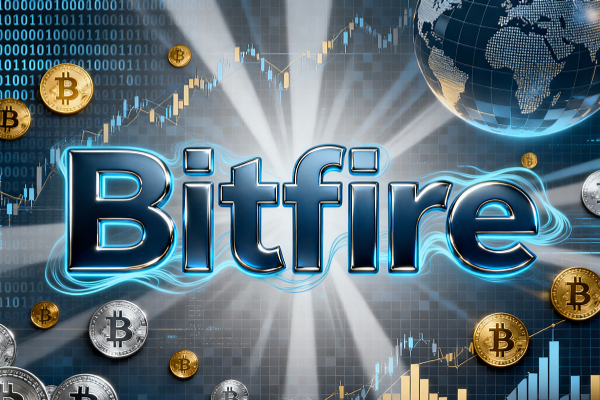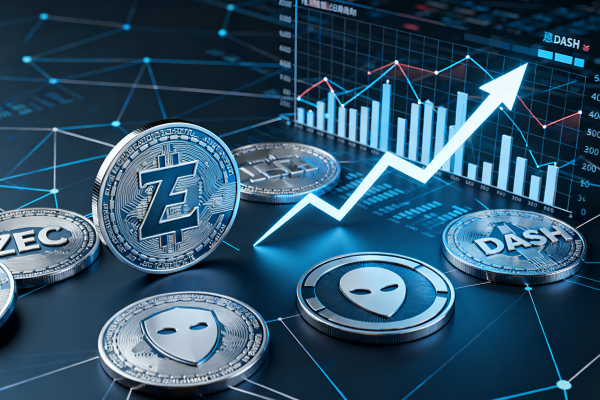Reactions to Trump’s Crypto Stockpiling: “Short-term Optimism, Long-term Caution”

A U.S. cryptocurrency reserve could provide “cover” for institutional investors, such as pension funds, that have been reluctant to invest in cryptocurrencies.
President Donald Trump’s two posts about the U.S. cryptocurrency reserve plan “triggered a rally in the cryptocurrency market,” with global market capitalization increasing by nearly 7% to $3.04 trillion.
Upon closer examination, however, the crypto strategic reserve (roughly similar to the U.S. Strategic Petroleum Reserve established after the Arab oil embargo in the 1970s) raises as many questions as it answers.
There is controversy, even confusion, about what types of cryptocurrencies would constitute a “reserve,” and whether the U.S. would purchase cryptocurrencies as part of the reserve, rather than simply adding to its stockpile of confiscated cryptocurrencies when seized by law enforcement.
The order in which Trump’s two posts on the Truth Social platform were published also raised eyebrows. Interestingly, the first post only mentioned the three smallest-cap coins in the projected reserve: XRP, Solana, and Cardano.
Minutes later, almost as an afterthought, the president posted again, this time mentioning the two largest cryptocurrencies: Bitcoin and Ethereum.
Fair or not, some critics have pointed out that the president’s own memecoin has launched on Solana, so the platform may be more in the spotlight.
Others in the crypto community were surprised by the inclusion of altcoins. Some have argued that the U.S. could one day have a strategic reserve of Bitcoin, as BTC is the oldest, safest, most widely held, and best-capitalized cryptocurrency. But are altcoins joining the reserve?
‘Unforced Error’
“This decision on a broad crypto strategic reserve is an unforced error that will be regretted in the future,” Anthony Pompliano, founder and CEO of Professional Capital Management, wrote on March 3. “We appear to have gotten a few random speculative vehicles that will enrich the insiders and creators of these currencies at the expense of the American taxpayer.”
Pompliano added that crypto tokens such as ETH, SOL, XRP, and ADA simply do not fit the “reserve” framework. They are more like tech stocks than the hard currencies or natural commodities that typically make up strategic reserves (Canada has a strategic reserve of maple syrup, admittedly a less common commodity.)
“Sceptics say the clearest winner is Trump himself, who has launched his own cryptocurrency project with millions of dollars’ worth of tokens set to be included in the reserve,” the New York Times noted, adding that Ripple’s “XRP token is one of five that Trump has said will be included in the reserve… after donating $45 million to an industry-wide PAC that aims to help get Trump and other Republicans elected.”
Others, however, argue that these altcoins are a better reflection of where blockchain currencies are headed. For example, one reader who objected to the direction of Pompliano’s letter noted that Cardano is “more energy-efficient, more economical, more deterministic, more decentralized, more scalable, and can handle today’s programmability” than Bitcoin.
Altcoins: A “Double-Edged Sword”
Yu Xiong, professor and dean of the School of Blockchain and Metaverse Applications at Surrey Business School at the University of Surrey, called the inclusion of altcoins in state-backed reserves a “double-edged sword” with both advantages and disadvantages.
He told Cointelegraph that multi-asset reserves offer more diversification and less reliance on Bitcoin, which currently accounts for about half of the total cryptocurrency market cap, further explaining:
“Ethereum’s DeFi ecosystem [~$50 billion in total locked value] and Solana’s high-speed transactions [65,000 TPS] represent technological diversity.”
The inclusion of altcoins also reflects the broader use case of blockchain. He added that Ukraine raised $135 million in crypto donations through ETH, SOL, and other tokens after being invaded by Russia in 2022.
But there are potential negatives, including regulatory uncertainty. For example, the U.S. Securities and Exchange Commission is still pursuing a lawsuit against Ripple. “Governments holding these tokens may face strong opposition,” Xiong said.
Liquidity risk is another concern. Given the small trading volume of these currencies, government purchases or sales could cause cryptocurrency prices to soar or plummet.
Of course, BTC has a larger trading volume than other tokens. In the most recent 24-hour period, Bitcoin trading volume across all platforms was $54.8 billion, while ETH was $23.4 billion, XRP was $5.5 billion, SOL was $5.4 billion, and ADA was $3.6 billion — which could indicate that some altcoins “lack the depth of large-scale reserves,” Xiong said.
This, in turn, could raise concerns about market manipulation. “The U.S. Treasury’s sale of 30,000 Silk Road BTC in 2014 caused little disruption, but today, selling 3% of the Bitcoin supply (about $5.5 billion) could cause a 15% price crash,” Xiong told Cointelegraph, citing the CoinGlass model.
Would this be good for the crypto industry?
There is no doubt that U.S. crypto reserves would be a shot in the arm for the crypto and blockchain industries. Xiong noted that this would indicate institutional acceptance, accelerating adoption by traditional financial firms, just as it did when BlackRock launched its Bitcoin ETF, which attracted $18 billion in AUM in six months.
It also helps stabilize markets. In times of extreme volatility, government reserves can act as a buffer, as the U.S. Strategic Petroleum Reserve (SPR) demonstrated in 2022, when then-President Joe Biden ordered the release of 180 million barrels of crude from the SPR to stabilize world energy prices. Oil prices spiked after Russia invaded Ukraine.
As Xiong told Cointelegraph:
“U.S. reserves could mirror the SPR’s role in energy security, positioning cryptocurrencies as geopolitical tools.”
However, state-backed strategic reserves also come with risks. Crypto markets are particularly vulnerable, Xiong continued. Bitcoin’s 30-day annualized volatility, which regularly exceeded 100% before 2022, has fluctuated between 30% and 60% over the past year, while crude oil volatility has been below 35%. Xiong noted that rising volatility raises concerns about manipulation or unexpected market distortions.
Beyond the cryptocurrency space, there are questions about fairness and price stability. The New York Times asked how governments would hedge against cryptocurrency volatility. Furthermore, “the prospect of taxpayer money being used for speculative investments raises real concerns.”
“This is certainly a good thing for existing Bitcoin holders, but it’s certainly a bad thing for taxpayers,” Cornell University economist Eswar Prasad told The New York Times.
When asked if the U.S. cryptocurrency reserve is a game-changer for the cryptocurrency and blockchain industry, Xiong told Cointelegraph that its importance is not only symbolic, but also “strategic.”
For example, the U.S. cryptocurrency reserve could provide “cover” for institutional investors, such as pension funds, that might be on the sidelines when investing in cryptocurrencies.
Some argue that if the U.S. government can accept it, then perhaps corporate treasuries and institutional investors can as well. “Pension funds and insurance companies (managing $50 trillion globally) could increase their allocations to cryptocurrencies,” Xiong said, just as they would if a Bitcoin ETF was approved in early 2024.
When asked to sum up the impact of these latest strategic reserve proposals on the cryptocurrency industry, Xiong responded, “optimism in the short term, caution in the long term.”









